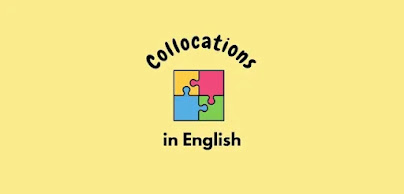ANALYZING SENTENCE STRUCTURE: THE TREE DIAGRAM

The tree diagram is a new method for analyzing sentences in linguistics. It is a useful tool for students to visualize sentence structures even if they are not familiar with sentence diagrams. BREAKING DOWN THE TREE: In a diagram tree, the sentence is divided into two parts: a SUBJECT and a PREDICATE. They are formed by NOUN PHRASES and VERB PHRASES. These are groups of words that include a noun or verb and any other words that act as modifiers. The subject is a noun phrase and the predicate usually is a verb phrase. For example, in the sentence: The dog ate the bone, the subject of the sentence is The dog which is a noun phrase (NP) formed by the indeterminate article " the " and the noun " dog ". The predicate is ate the bone , formed by a the verb ate and a noun phrase the bone. DRAW A DIAGRAM TREE STEP BY STEP SENTENCE: I have a green spaceship. STEP 1: Identify the subject (Noun Phrase) Subject: I STEP 2: Find the predicate (Verb Phrase) Pred...





